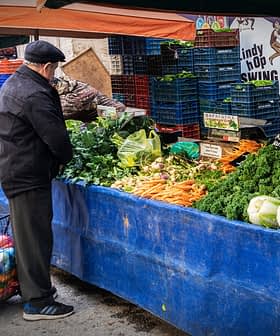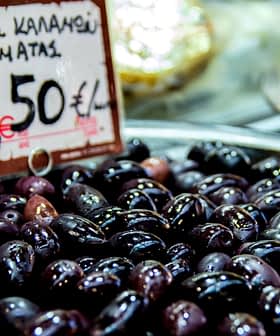Despite expectations for more olive oil coming out of the mills compared to last year, the warm and dry weather that prevailed the time period before the harvest resulted in lower oil quantities in certain areas of southern Greece. Olive trees carry more olive drupes but the oil taken after processing is less, since the dry conditions disfavored the oil formation inside the drupes.
Sakis Georgopoulos, a producer at Ilia region in Peloponnesus, said that the output of olive processing is less than usual and prices for EVOO are down to 2.30 – 2.40 euros, anticipating a difficult season. The late rains of September didn’t really help; instead, they allowed for occurrences of fungi in the olives.
Elias Koronios, a producer at Messinia region, was surprised to see one of his olive orchards giving more than 40 sacks of olives compared to the usual 25 sacks, but he was highly disappointed when he heard the news from the oil mill; the volume of the oil was hardly equal to that of previous years when he had lower olive yield, meaning more effort for less revenue. There is even an ongoing process for compensating the local olive oil producers for the damage caused by the drought.
So far, it seems that the incident occurs only at low altitude cultivations and the trees located on hills or slopes — which mostly produce high quality olive oil — are unaffected.
As weather has become unstable and unpredictable, farmers and oil producers should prepare to cope with phenomenal predicaments in the future. After all, it is the combination of the special micro-climate, ground morphology and cultivating techniques that yield olive oil of superior quality in the various regions of Greece. If one of the three components is absent, then the model collapses.








